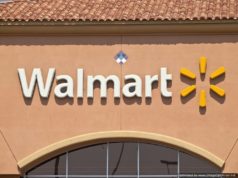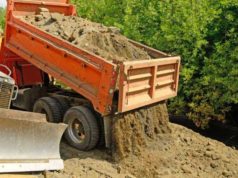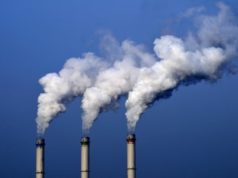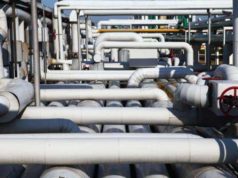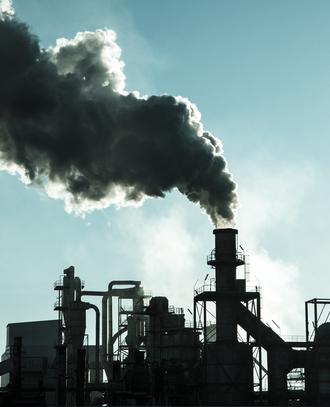
On September 27, 2012, the US Environmental Protection Agency announced that it is providing about $125,000 in “citizen science” grants to five community groups in New York City. The grants will help the organizations gather information about air and water pollution in their communities.
Recipients of the citizen science grant:
Bronx River Alliance
The Bronx River Alliance will receive $25,000 from the EPA to help improve the River Stewards Volunteer Monitoring Program. The grant will allow up to 70 adults and students to use specific procedures in monitoring the water along the Bronx River at 5 different locations. The citizen scientists can also analyze data from the last 5 to 10 years.
Cypress Hills Local Development Corporation
The Cypress Hills Locals Development Corporation will receive $25,000 in order to train local students. The participants in the program will monitor indoor air pollutants for 24 weeks in Cypress Hills and East New York.
El Puente de Williamsburg, Inc.
El Puente will receive $25,000 in order to train younger populations in Williamsburg, Brooklyn on how to collect water quality data. After the data is collected, the finds are shared at presentations and workshops for the public as well as in printed articles.
New York Harbor Foundation
The New York Harbor Foundation will receive $25,000 to help educate New York City high school students and have them monitor air and water quality in New York Harbor. The collected data will then be posted online.
Sustainable South Bronx
Sustainable South Bronx will receive $24,000 to educate and encourage high school students and local residents to monitor air quality by using “AirCasting” smart phone technology. The technology allows users to access real-time information on air quality such as carbon monoxide levels and then share the information on a “wiki” map.
Judith A. Enck, the EPA Regional Administrator, stated, “People care deeply about clean air and clean water in their communities. This funding will help inform local residents about the environmental conditions in their own backyards.”
Source: Environmental Protection Agency



